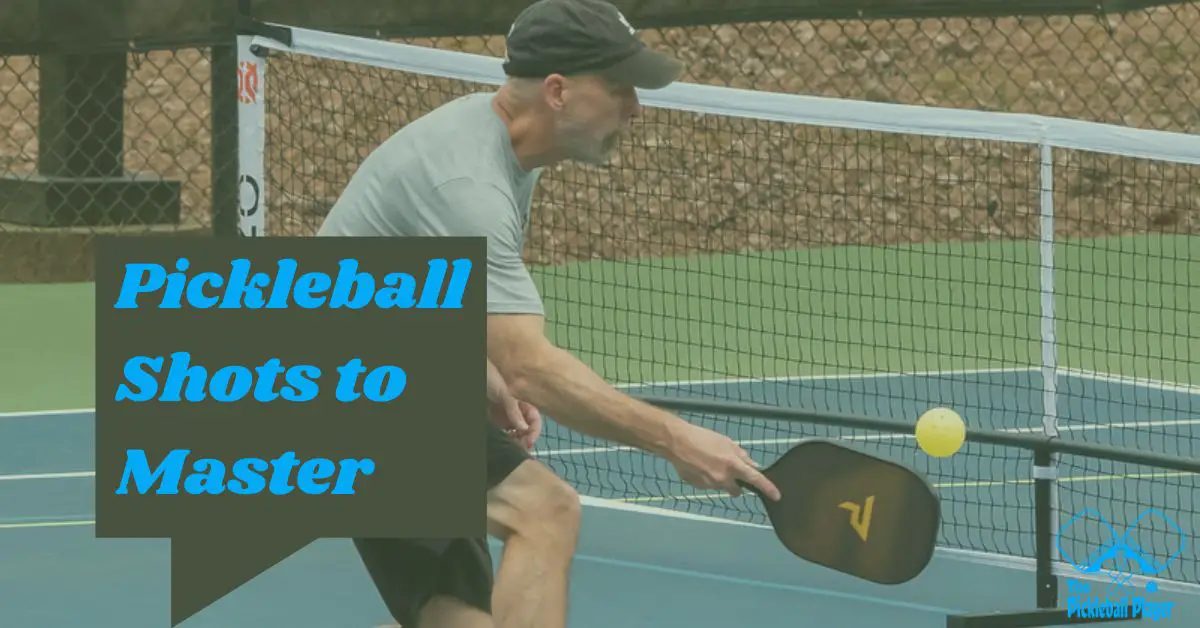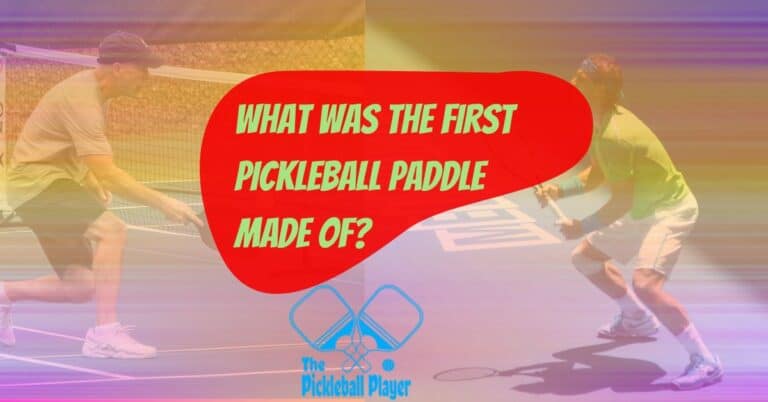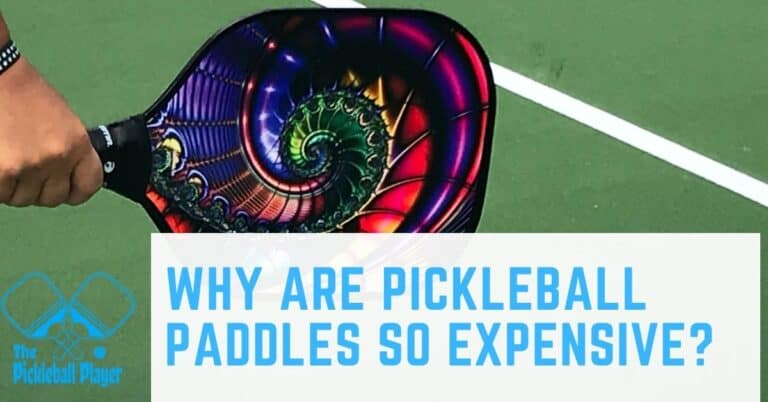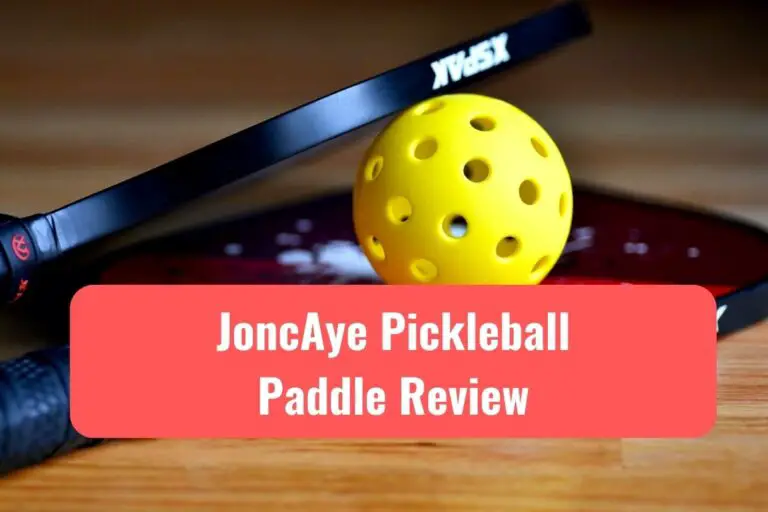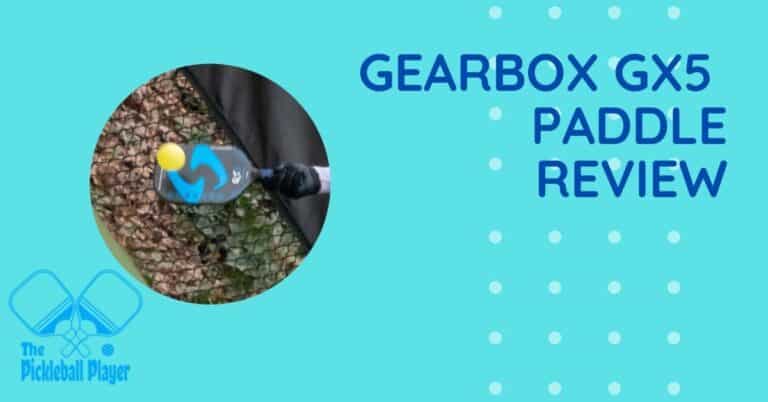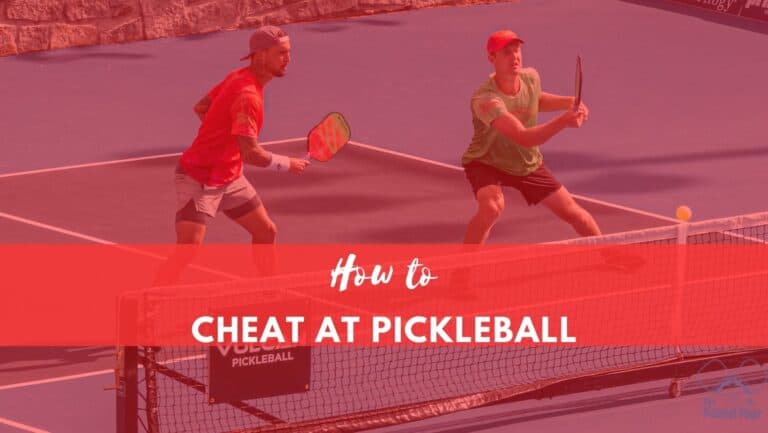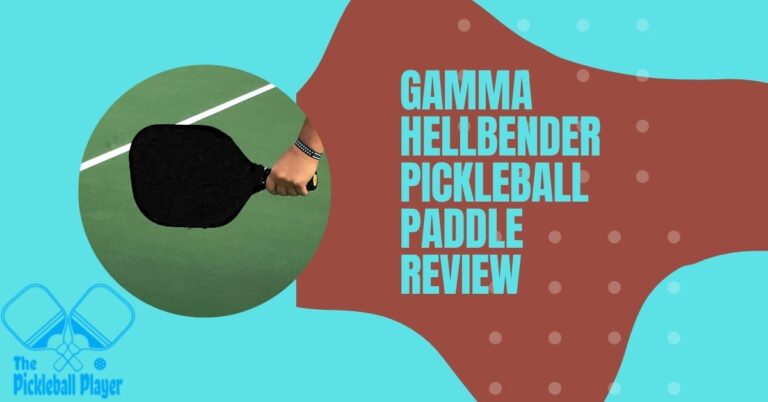Pickleball Shots You Need To Master: 10 Fundamental Ones
Whether you’re just starting out or have been playing pickleball for quite some time, mastering the basic shots will help you take your game to the next level. You might have heard the names of these shots before, but we’ll be covering their importance and utility.
So, without further ado, let’s discuss the pickleball shots you need to master.
About Author

Table of Contents
10 Pickleball Shots to Master
To become an intermediate or advanced player, here are the shots you should learn to execute perfectly.
1. Volley
It is one of the trickiest and most important shots in pickleball. Volley is when you hit the ball directly from the air without letting it bounce first. This shot needs fast reflexes and quick hands if you want to master it.
Usually, you’ll find yourself playing a volley near the kitchen (and that’s where most of the game happens). So, it’s essential that you don’t step into the kitchen. You can use both your forehand and backhand for a volley.
Jordan Briones, a pickleball coach, describes the volley as a “very compact stroke” and recommends little backswing or follow-through to hit a volley.
YouTUbe Channel
Since the ball comes towards you at varying speeds, you must be prepared to hit a volley. Allow the ball to come too close to your body, and you’ll give a point away.
While hitting a volley, you must hold your ground. Neither moving back nor coming forward is recommended.
2. Third Shot Drop
The third shot drop is considered one of the most effective shots in pickleball.
In pickleball, all the shots that are played from the baseline and drop gently in (or near) the kitchen are “drop shots.” However, a third drop shot is the one played after return of serve, and its sole purpose is to bring you near the net, where the actual game happens.
It is hard to master because you must be consistent with your third drop shot. The ability to hit the ball with enough force and trajectory that every time it lands on the other side of the net comes with much practice.
We have discussed a few third drop shot drills in detail, so do check them out.
3. Dink Shot
Dink is a shot that requires a lot of concentration and precision. It is a groundstroke that you play near the kitchen line. While dinking, you hit the ball so gently that it barely crosses the net and lands in the NVZ of your opponent.
The purpose of this shot is to create a situation where your opponent makes a mistake. You hit the ball so effortlessly back and forth and don’t allow your opponent to attack. It also slows down the game.
Some players even play a fake dink and try to trick their opponents.
4. Serve and Deep Return Serve
Serve is the starting shot of the game. In short, the very first hit by you or your opponent is a serve. You are either serving or returning the serve. In both cases, it is an essential shot that one should master.
When serving, aim to hit the ball deep in your opponent’s court to the one diagonally opposite you. Remember that, unlike tennis, the serve shot in pickleball is underhand. Your foot can’t touch the baseline, so stand behind the line.
Try to spot your opponent’s weak side (forehand or backhand) and target it.
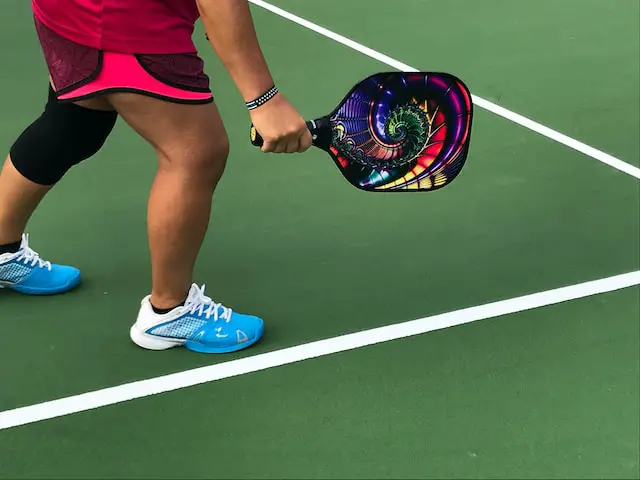
Likewise, while returning a serve, be in a position to use your stronger side and hit the ball deep so that you have ample time to run to the non-volley zone.
5. The Topspin Serve
Talking about serves, a topspin serve is when you hit the ball high and fast, but it still lands in.
When hitting a topspin serve, keep your paddle perpendicular to the court and move up toward the ball in the topspin. After hitting the ball, your arm should go towards your shoulder, near your ear.
It’s a great shot to learn because the topspin shot’s drop time is quick, so it falls swiftly to the ground after going high. Secondly, the ball bounces and moves toward the player. This way, your opponent has less time to react.
6. The Ground Stroke
Ground stroke is a general term used for the shots that are hit after the ball has bounced once on your side. So it can be a dink, slice, or drive.
You can play forehand or backhand ground strokes to return the ball from the baseline deep into the court. To master this shot, you should be very attentive to the trajectory of the ball and its speed.
Stand in the ready position with your feet apart and, instead of using your arm or wrist, use your body weight to hit the ball. Many players don’t wait for the ball and run toward it, which isn’t the best way to hit ground strokes. Let the ball bounce, and then go for it.
7. The Lob
A lob is when you hit the ball over your opponent’s head when your opponent is standing near the kitchen. Simone Jardim advises using a smooth push, instead of a flick, to lob the ball.
This shot is not common. Usually, you use a lob shot when you want to break the game flow and reset it. That sudden change disorients your opponent, forcing them to make some mistakes. But you must ensure that the ball goes over their head, or else the smash you will get back will be hard to return.
Secondly, this shot will slow down the fast-paced game, particularly if you cannot keep up with it.
8. Cross Court Dink
As we’ve already discussed above, a perfect dink is a must for every player. But another, and more effective, variation of dink is a cross-court dink. Cross-court dink is a diagonal shot that goes softly and lands on the other side of the court.
The primary reason why you should master this shot is that it helps you determine what are the weak spots of your opponent and to force them to make a mistake. The continuous hit to the sideline and kitchen line will confuse your opponent and tire them.
Cross-court dink offers you more distance than you have from across the court—more space to hit a better shot.
9. Overhead Smash
An overhead smash is the best shot to play against your opponent’s misfired lob. With an overhead smash, you target your opponent’s feet or any empty space on their side, not allowing them any chance to return the ball.
Besides a solid technique, you’ll need upper body strength to effectively play an overhead smash. Of course, accuracy is essential, especially if you don’t want the ball to hit the net or go out of bounds.
10. The Drive
A drive is a hard, fast attacking shot hit will full swing of the paddle and usually at a low trajectory. To hit the ball hard in pickleball, you need to have a strong upper body, flawless technique, and preferably a bit of topspin. If executed correctly, this shot can earn you a point because you put your opponent in a difficult place to return the ball in a hurry.
It’s important to stand in a ready position and hit the ball when it is still high, with all your body force. Don’t hit the ball very high, or your opponent will return it easily. The ball should ideally fall at your opponent’s feet, giving no room for return.
The Bottom Line
Here you go! You should try to master these 10 pickleball shots with all your might. If you are serious about pickleball, you should be practicing these shots at least.
Once you’ve mastered these pickleball shots, you will become a formidable opponent for any team. But remember, these shots are the fundamentals. If you want an edge over your opponents, you should learn advanced strategies, like pickleball stacking.

